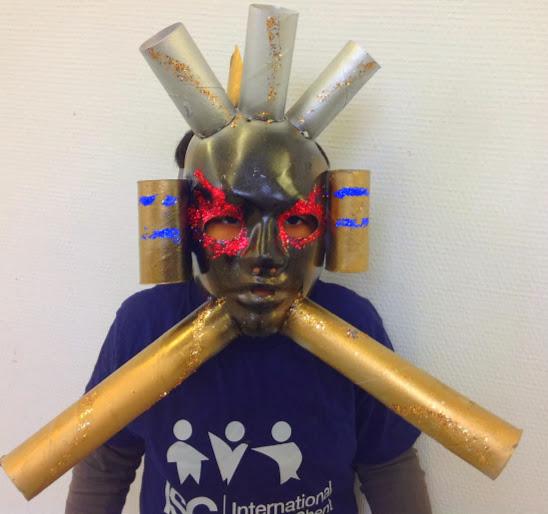We started already Thursday last week. We needed a glass pot, a white flower, food colouring and water. We set up our experiment and made predictions on what we thought would happen. We thought that the flower might change colour and we thought that the flower might drink a bit as well. We put our name tag in line with the water line in the pot, to be able to measure any changes. We kept two roses as control flowers, not adding any food colouring to their pot, just to see if there would be a difference.
We made our first observations the day after, on Friday, and most of the roses had started to change colour. They had drunk 0,5 cm of water, we could see the difference.
Today we made our second observation, Monday. The roses had drunk about another centimeter of water, but they looked different! They started to look a bit more sad, some pupils even thought that they looked terrible. We talked about the advantage of roots, that the roots absorb more than water from the soil, that the flowers get nourishment via the roots as well and that it is difficult to provide the same care for the roses when they stand in a little pot.
Can you see the difference? Check the water line first and see if YOU can see that flowers do drink water! And look at the level of happiness too. Don't you think the flowers would have been happier if they still had had their roots?


